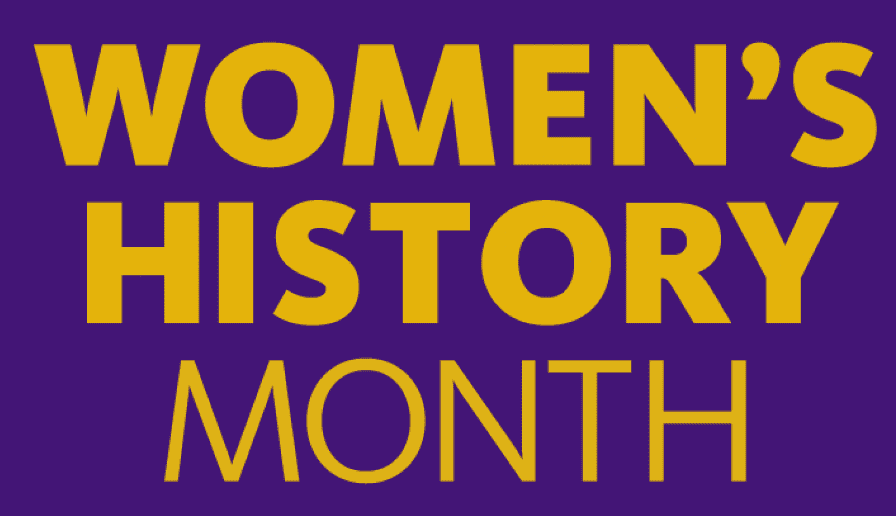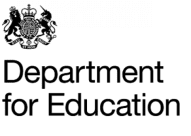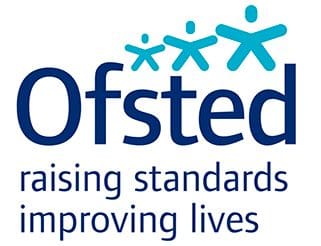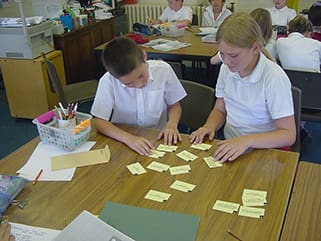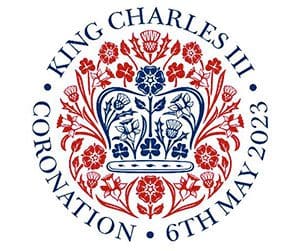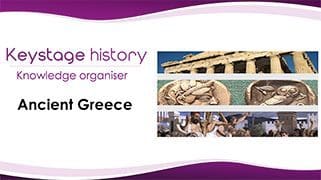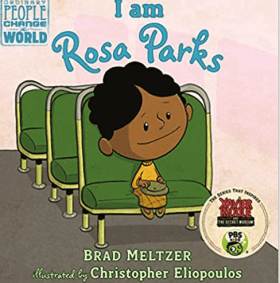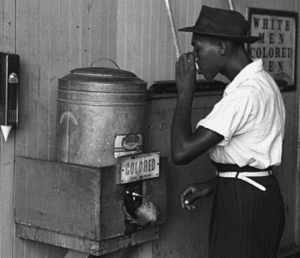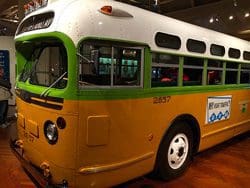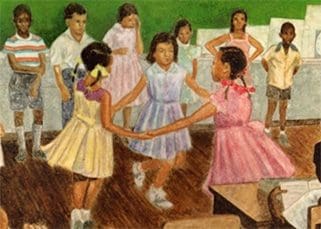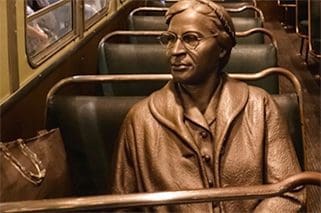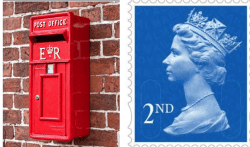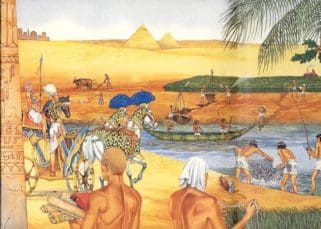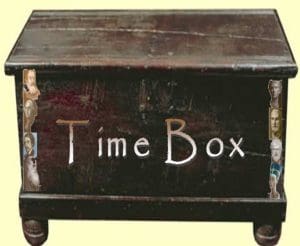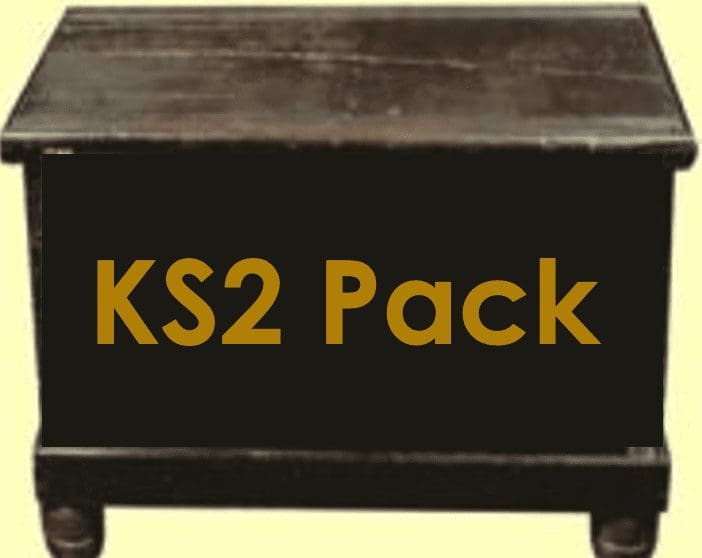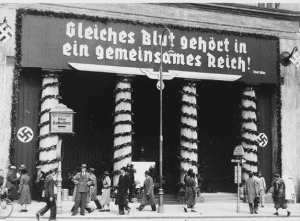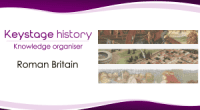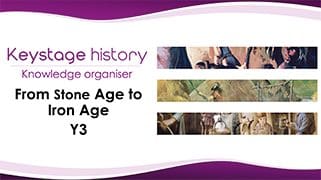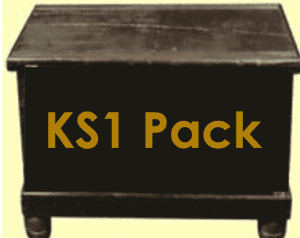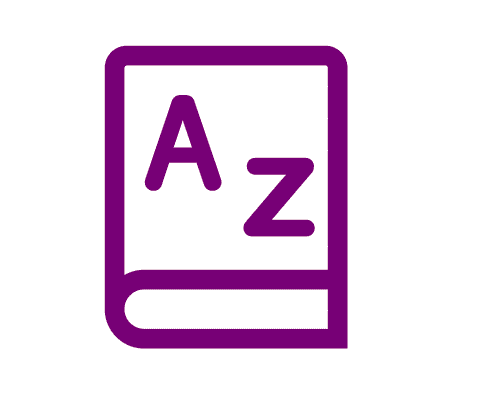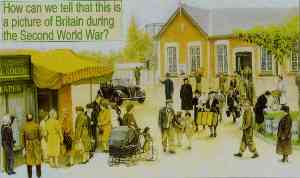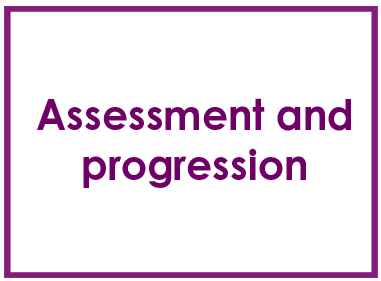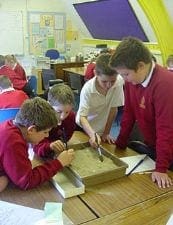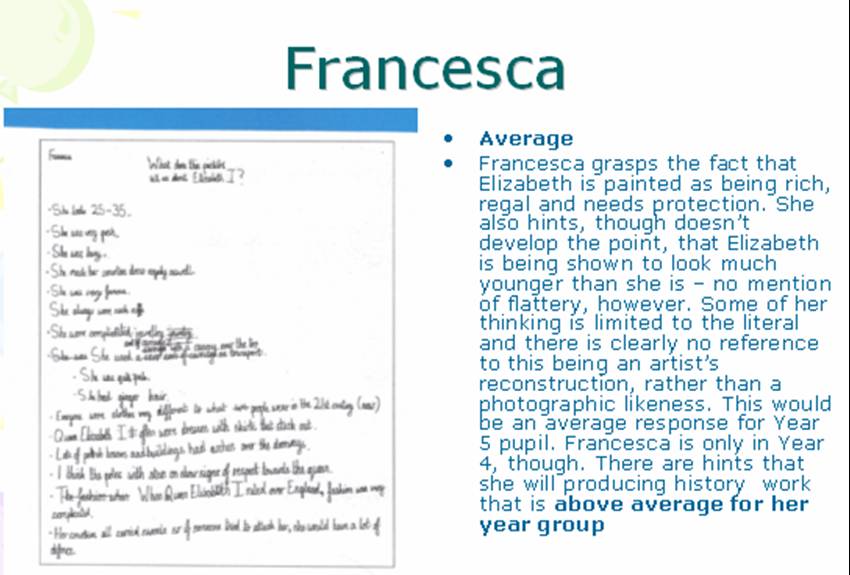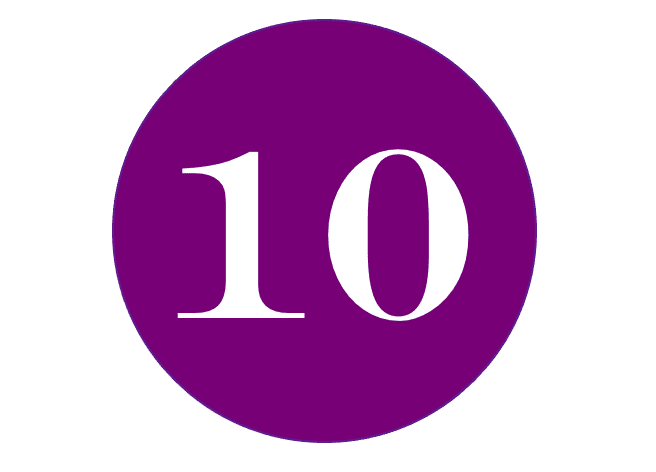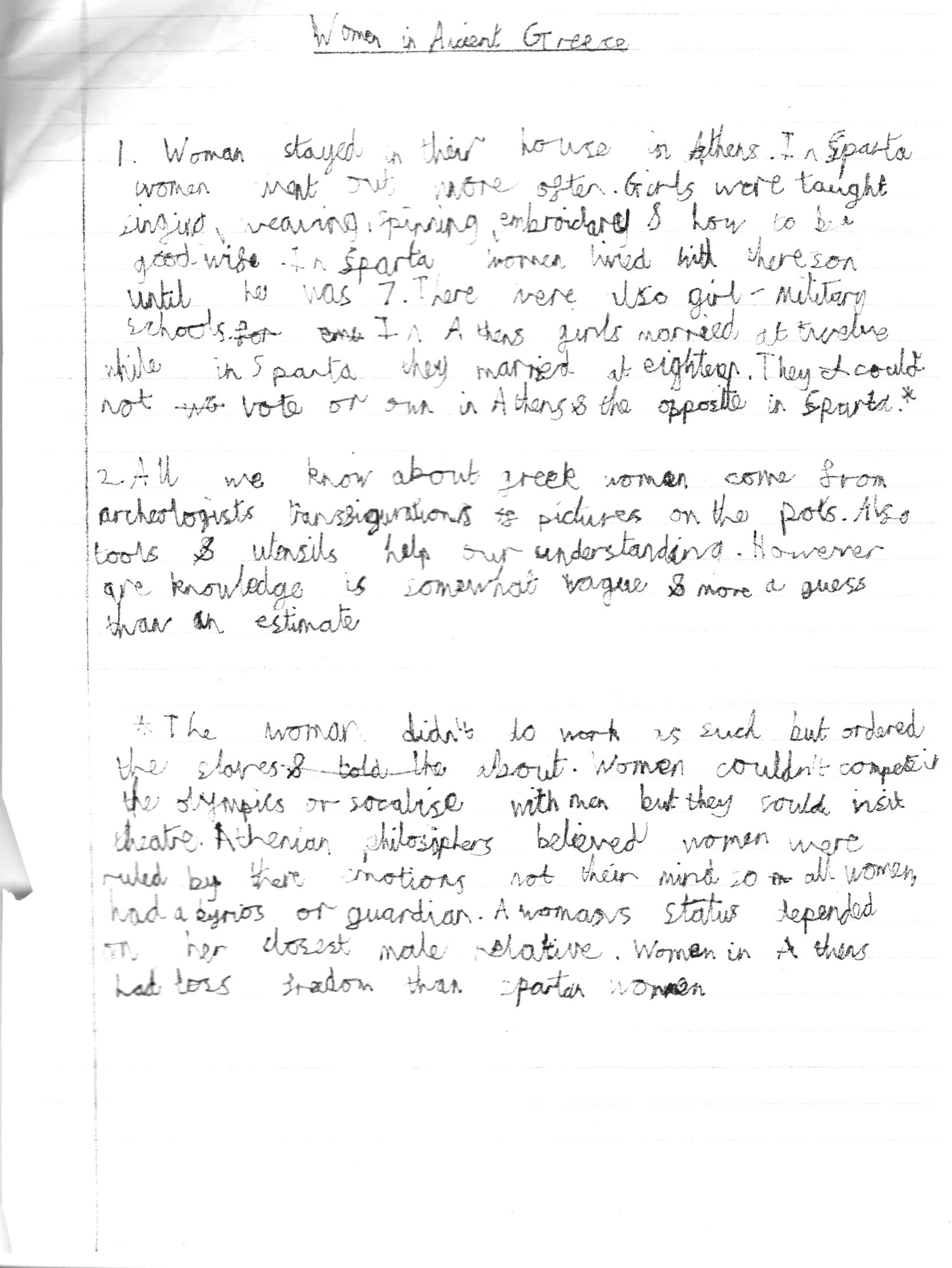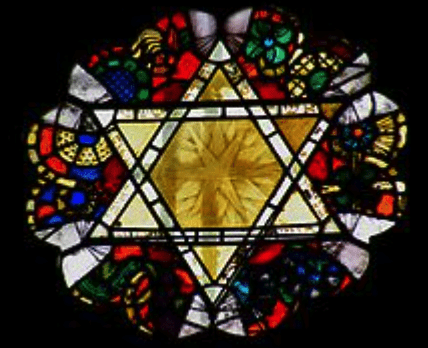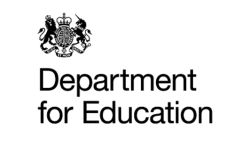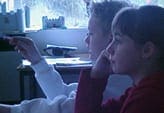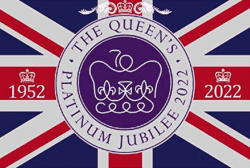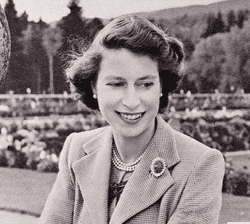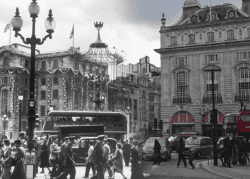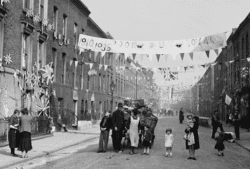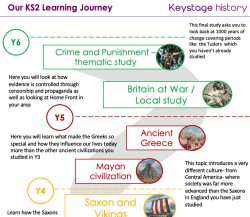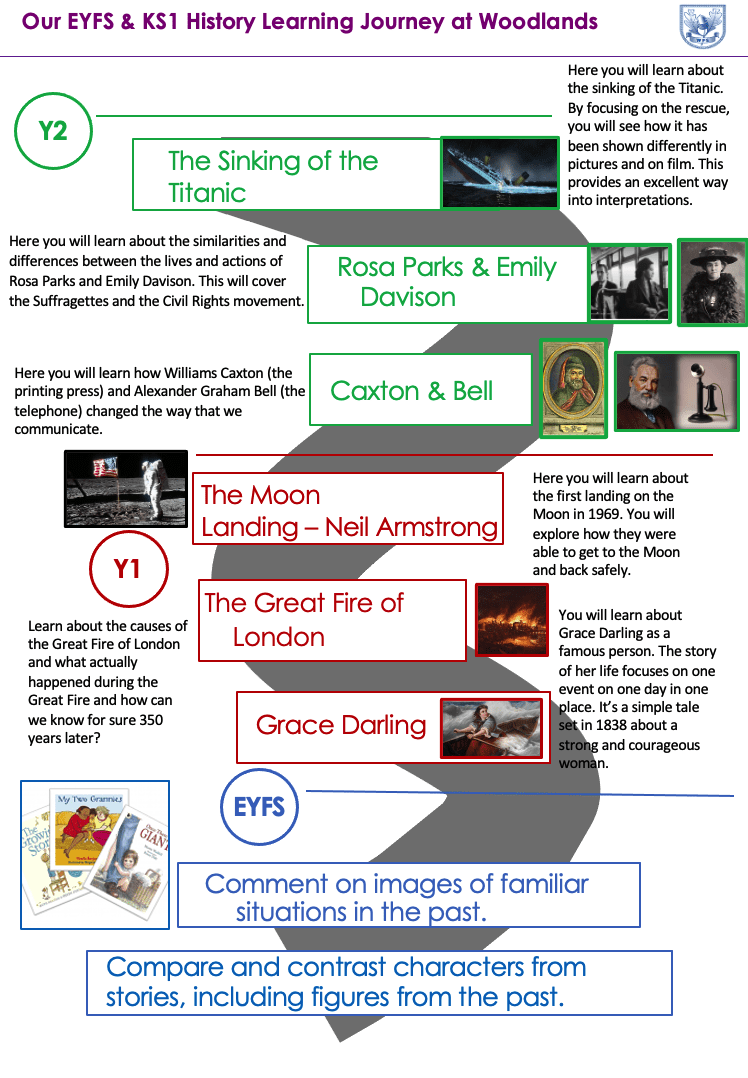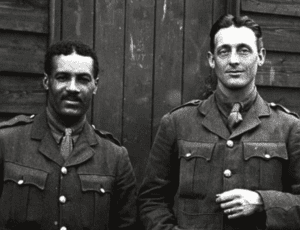Keystage history
Thinking about Women’s History Month at KS1? – March 2024
What can you do? Well at KS1, how about broadening the range of significant people you offer to the pupils…
Read MoreStatutory Guidance: National curriculum in England: history programmes of study
First published 11 September 2013 by Department of Education. View document on Department of Education website Applies to England Purpose…
Read MoreNational curriculum in England – History programmes of study: key stages 1 and 2
View document on Department of Education website Purpose of study A high-quality history education will help pupils gain a coherent…
Read MoreNational curriculum in England – History programmes of study: key stage 3
View document on Department of Education website Purpose of study A high-quality history education will help pupils gain a coherent…
Read MoreOFSTED Webinar on primary and secondary History 2023
Many of you will have read the lengthy OFSTED paper on research findings into the history curriculum published in 2021,…
Read MoreKeeping up-to-date with developments in primary history – February 2023
Every few years, the Primary wing of the Historical Association carry out a survey of primary schools to see what…
Read MoreThe coronation of King Charles III
Central activity: Mantle of the Expert The coronation of Charles III will take place on 6 May 2023. Preparations for…
Read MoreAdapting Keystage history lessons – FAQs
1. Why are lessons still called ‘outstanding’? I am often asked how the lessons section of the site should be…
Read MoreAncient Greece knowledge organiser – KS2
In your study of Ancient Greece you will learn how a civilization that flourished over 2500 years ago still influences…
Read MoreRosa Parks – KQ2 -What can we learn about what sort of person Rosa was from stories of her early life?
Based on 3 key episodes from Rosa’s life, drawn from a lively story book, pupils act out 3 key episodes…
Read MoreRosa Parks – KQ3 – What was life like for black people living in southern USA in the 1950s?
This session looks at what life was like for Black people living in the southern parts of the United States…
Read MoreRosa Parks – KQ4 – Why do you think Rosa acted as she did on that day that made her famous?
In this session pupils explore what drove Rosa to take her stand in December 1955, going beyond oversimplification of a…
Read MoreRosa Parks – KQ5 – How did Rosa’s action lead to life for black people getting better?
Learning objectives Children can see how Rosa’s action led to other changes, both directly e.g. bus boycott or more indirectly…
Read MoreRosa Parks – KQ6 – How should we remember Rosa Parks today?
Learning objectives Children are able to consider the most appropriate ways of celebrating Rosa’s achievements They can pick out the…
Read MoreQueen Elizabeth II’s Platinum Jubilee – KQ6 – How do we see the importance of Queen Elizabeth all around us in our lives today?
This is something pupils might undertake at home. Subscribers only: You must be logged in to view this content in full….
Read MoreGrasping the chronology nettle
Everyone knows that chronology is one of the key historical concepts pupils need to learn, and yet in very few…
Read MoreRunning timebox – First and foremost
Why Timebox teams? First and foremost, Timebox Teams should be fun. Behind the serious intent of improving pupils’ chronological knowledge…
Read MoreTimebox – KS2 Pack
Mention the teaching of chronology to most infant teachers and their eyes glaze over. Their experience is that it is…
Read MoreHow can we explain the incredible margin of victory at the referendum for Anchluss in 1938?
How can we explain the incredible margin of victory at the referendum for Anchluss in 1938? Subscribers only: You…
Read MoreRoman Britain knowledge organiser – KS2
The arrival of the Romans to Britain and their occupation for over 350 years marks a turning point in the…
Read MoreStone Age to Iron Age knowledge organiser – KS2
The earliest known humans arrived in these lands around 900,000 years ago. During this time there were huge changes: the…
Read MoreRunning timebox – First and foremost
Why Timebox teams? First and foremost, Timebox Teams should be fun. Behind the serious intent of improving pupils’ chronological knowledge…
Read MoreTimebox – KS1 Pack
Mention the teaching of chronology to most infant teachers and their eyes glaze over. Their experience is that it is…
Read MoreBuilding vocabulary to help pupils’ historical understanding. My 100 top KS2 words
Word lists are all very well but do we carefully plan when words are acquired and then applied in a…
Read MoreSome key findings from OFSTED’s English curriculum report that affect history – May 2022
1. SEND While pupils with special educational needs or disabilities (SEND) are highly likely to need much more frequent repetition,…
Read MoreCommon assessment tasks in history at Key Stage 2
Many colleagues who have been sceptical about assessing history at Key Stage 2 have been won over by this simple…
Read MoreAssessment for learning in Primary history
Assessment for Learning is much-vaunted and many-faceted. If we break down what it means in its constituent parts, many of…
Read MorePrinciples of good assessment in history at Key Stage 2
As OFSTED reports have pointed out for many years, assessment in history is not strong in most schools and the…
Read MoreJudging pupils’ work at Key Stage 2
Teachers’ failure to carry out any useful diagnostic, formative or summative assessment in history at Key Stage 2 has come…
Read MoreTarget setting in history at Key Stage 2
With the emphasis that the Primary Strategy places on Assessment for Learning and the sharing of objectives, it would seem…
Read MoreGeneral advice regarding progression in history at Key Stage 2
A definitive paper explaining exactly what I think you should be doing in the realms of progression to help ensure…
Read MoreProgression by strand in history at KS2: a key element of deep dives
One of the most important tasks that a history subject leader carries out is that of helping colleagues to build…
Read MoreEverything you wanted to know about progression in history at KS2 but couldn’t find anywhere!
Progression in history at KS2: part of your preparation for an OFSTED history deep dive Planning for progression in history…
Read More10 places to go to find out about your local area
1. Go to your library Your local library will nearly always have a local history section that can tell you…
Read MoreMATs v Council-maintained? What does the evidence tell us about relative performance? May 2022
Council-maintained schools in England outperform academies in Ofsted rankings, according to analysis published on the day the government’s ambitions for…
Read MoreA pupil response to KS2 assessment task on women in Ancient Greece
Karl is in Y5 and has been taught in a school where standards are high but progress is slightly below…
Read MoreKS4 – Migration; Expulsion of the Jews 800 years ago : now a topical issue – May 2022
Those of you teaching about medieval England or the new thematic study on migration may for GCSE might like to…
Read MoreHere’s one i made earlier – The DFE’s plans for a new model primary history curriculum – May 2022
The DfE have been trailing the idea of a model curriculum for history for a while now. They seem to…
Read MoreTaking on history leadership: doing the right things – 10 key steps
Taking on subject leadership can be a daunting prospect, especially if it is your first. When there is so much…
Read MoreWhat makes a history department outstanding?
The department is an 11-19 comprehensive school serving Hounslow. Approximately 80% of the students are from minority ethnic groups. The…
Read MoreOFSTED’s judgements about historical concepts needs challenging
Most of us will question OFSTED’s judgment from time to time, not least because it is highly subjective. Maybe that…
Read MoreQueen Elizabeth II’s Platinum Jubilee – KQ1 – Why are we celebrating Queen Elizabeth’s platinum jubilee this year?
Subscribers only: You must be logged in to view this content in full. Please Login or register
Read MoreQueen Elizabeth II’s Platinum Jubilee – KQ2 – How do we know when and how Princess Elizabeth became Queen?
Subscribers only: You must be logged in to view this content in full. Please Login or register
Read MoreQueen Elizabeth II’s Platinum Jubilee – KQ3 – How has life changed for the queen since her coronation?
Subscribers only: You must be logged in to view this content in full. Please Login or register
Read MoreQueen Elizabeth II’s Platinum Jubilee – KQ4 – What important events have happened during the queen’s long reign? More suitable for older pupils
Subscribers only: You must be logged in to view this content in full. Please Login or register
Read MoreQueen Elizabeth II’s Platinum Jubilee – KQ5 – What were other jubilees like in the past? Most suitable for older pupils
Subscribers only: You must be logged in to view this content in full. Please Login or register
Read MoreInclusive history curriculum – March 2022
So you will have a new “model history curriculum” by 2024 to equip you with the skills to lead lessons…
Read MoreKS2 – Sharing the history learning journey with your pupils
An important part of planning your KS2 curriculum is being able to share the rationale with pupils and parents. So…
Read MoreExample of School using learning journey format in history at KS1
In response to our launch of the KS2 learning journey in history, Matthew headteacher of Woodlands was inspired to create…
Read More8 ways of improving the BAME dimension of your primary history curriculum
Bound as we all are,and not just as teachers, by the Equality Act, (not to mention our public sector duty),…
Read More
